Home>Garden Essentials>How To Make Black Seed Oil At Home
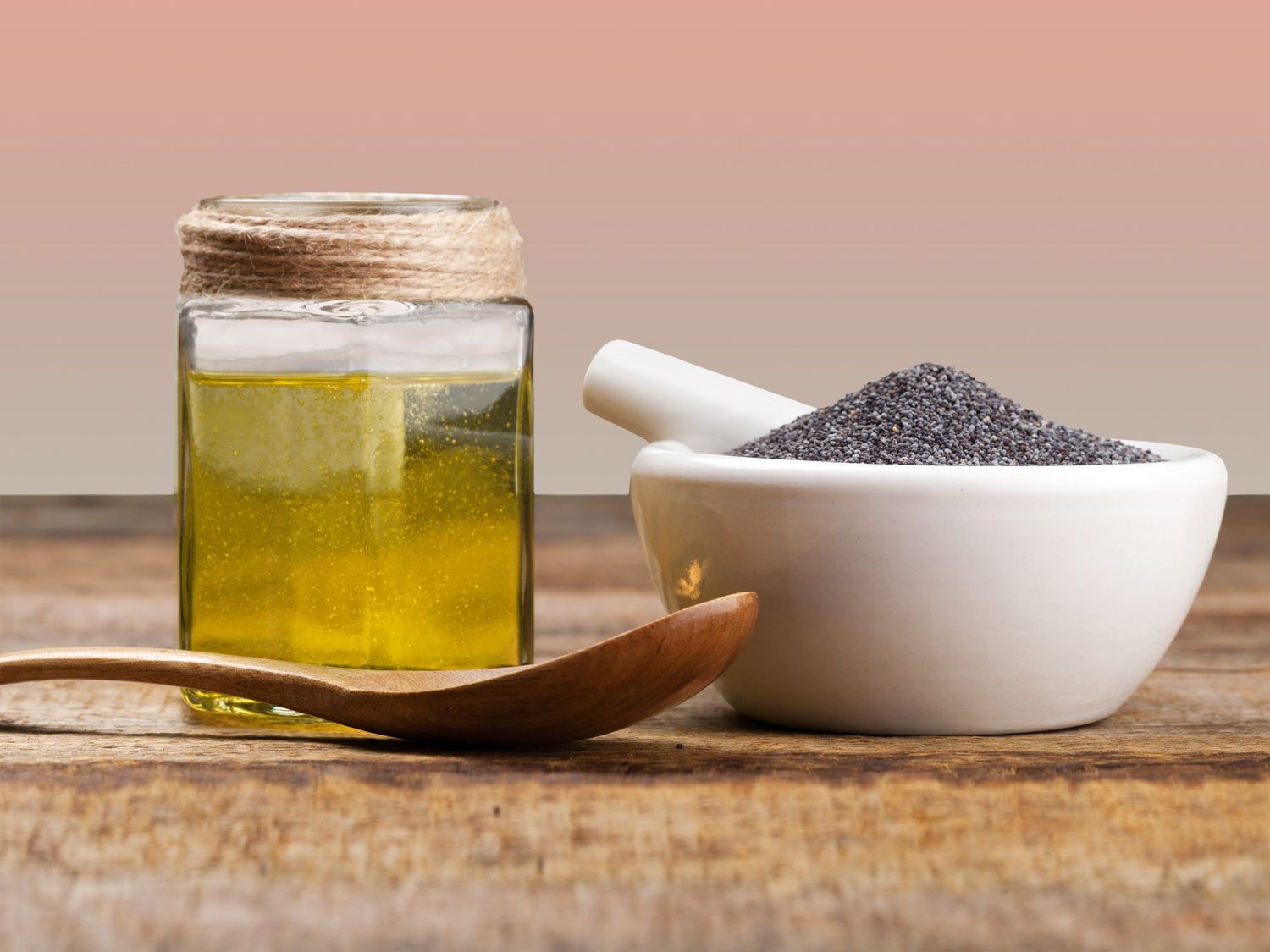

Garden Essentials
How To Make Black Seed Oil At Home
Modified: October 20, 2024
Learn how to make black seed oil at home using ingredients from your garden. Unlock the amazing health benefits of this natural remedy and enjoy its versatile uses.
(Many of the links in this article redirect to a specific reviewed product. Your purchase of these products through affiliate links helps to generate commission for Storables.com, at no extra cost. Learn more)
Introduction
Gardening is not just a hobby; it is a passion that allows us to connect with nature, beautify our surroundings, and even grow our own fresh produce. Whether you have a sprawling backyard or a small balcony, creating and maintaining a garden can bring immense joy and a sense of accomplishment. Not to mention, it offers numerous benefits for both our physical and mental well-being.
One of the key aspects of successful gardening is having a deep knowledge and understanding of plants, including their specific needs and requirements. This knowledge allows us to provide the necessary care and attention to help our beloved plants thrive.
In the realm of gardening, there is a variety of techniques and strategies that can be employed to enhance the growth and health of our plants. One such technique is the use of organic fertilizers. Organic fertilizers not only nourish the soil and plants but also contribute to a sustainable and eco-friendly approach to gardening.
In this article, we will explore the benefits of using organic fertilizers in your garden, discuss different types of organic fertilizers, and provide tips on how to make your own organic fertilizer at home.
Let’s dive in and discover the wonders of organic fertilizers!
Key Takeaways:
- Organic fertilizers are like superfood for plants, providing essential nutrients and promoting sustainable gardening practices. They help plants grow strong and healthy without harsh chemicals, benefiting both the garden and the environment.
- Black seed oil is a natural powerhouse with diverse benefits, from boosting the immune system to promoting skin and hair health. It’s important to use and store it carefully, and consult a healthcare professional before incorporating it into your routine.
Read more: How Do You Make Black Seed Oil
Benefits of Black Seed Oil
Black seed oil, also known as Nigella sativa oil, is derived from the seeds of the flowering plant Nigella sativa. It has a long history of use in traditional medicine and is renowned for its numerous health benefits. Rich in essential fatty acids, vitamins, minerals, and antioxidants, black seed oil offers a wide range of advantages for our well-being. Let’s explore some of the key benefits:
- Immune Support: Black seed oil is known for its immune-boosting properties. It contains potent antioxidants such as thymoquinone, which helps strengthen the immune system and protect against harmful pathogens.
- Anti-Inflammatory Effects: Inflammation is a common cause of many chronic diseases. Black seed oil has anti-inflammatory properties that can help reduce inflammation in the body, relieving symptoms associated with conditions like arthritis and allergies.
- Heart Health: Regular consumption of black seed oil has been linked to improved cardiovascular health. It helps lower LDL cholesterol levels, reduces blood pressure, and protects against the development of heart disease.
- Skin and Hair Care: The nourishing properties of black seed oil make it a popular ingredient in skincare and hair care products. It moisturizes the skin, reduces acne and blemishes, and promotes hair growth and strength.
- Digestive Health: Black seed oil aids in digestion by stimulating the release of digestive enzymes. It can alleviate symptoms of indigestion, bloating, and stomach discomfort.
- Respiratory Support: Black seed oil is beneficial for respiratory health. It can help alleviate symptoms of asthma, cough, and congestion by reducing inflammation in the airways and promoting better lung function.
- Weight Management: Incorporating black seed oil into a balanced diet and exercise regimen can support weight loss efforts. It can help boost metabolism, reduce appetite, and increase fat burning.
- Mental Well-being: Studies have shown that black seed oil has antidepressant and anti-anxiety properties. It can help improve mood, reduce stress, and enhance overall mental well-being.
These are just a few of the many benefits that black seed oil offers. Its diverse range of properties makes it a valuable addition to your daily health and wellness routine.
However, it is important to note that while black seed oil has numerous potential benefits, it is always recommended to consult with a healthcare professional before incorporating it into your routine, especially if you have any underlying medical conditions or are taking medication.
Safety Precautions
While black seed oil offers a host of health benefits, it is important to exercise caution and follow safety precautions when using it. Here are some important safety considerations:
- Allergies: Some individuals may be allergic to black seed oil. If you have known allergies to plants in the Ranunculaceae family, such as buttercups and columbines, it is recommended to avoid the use of black seed oil or consult with a healthcare professional before use.
- Pregnancy and Breastfeeding: Pregnant and breastfeeding women are advised to avoid black seed oil consumption, as its effects on fetal development and nursing infants have not been extensively studied. It is best to err on the side of caution and seek guidance from a healthcare professional.
- Interaction with Medications: Black seed oil may interact with certain medications, such as blood thinners, antihypertensives, and drugs metabolized by the liver. It is crucial to consult with a healthcare professional if you are taking any medications to ensure there are no potential interactions.
- Dosage: It is important to follow recommended dosage guidelines when using black seed oil. Excessive consumption may have adverse effects on health. Read the product label carefully and consult with a healthcare professional for appropriate dosage instructions.
- Storage: Proper storage of black seed oil is essential to maintain its quality and potency. Store it in a cool, dark place away from direct sunlight and heat. Ensure the bottle is tightly sealed to prevent oxidation and contamination.
- Children: Black seed oil is not recommended for children under the age of 2 years. For older children, it is advisable to seek guidance from a healthcare professional before use.
- Quality and Authenticity: To ensure the safety and effectiveness of black seed oil, it is important to purchase it from trusted sources. Look for reputable brands that provide third-party testing and certifications to guarantee the authenticity and purity of the product.
Following these safety precautions will help you enjoy the benefits of black seed oil while minimizing any potential risks. If you experience any adverse reactions or have concerns, discontinue use and consult with a healthcare professional.
Materials and Equipment Needed
If you’re interested in making black seed oil at home, you’ll need a few materials and equipment to get started. Here’s a list of what you’ll need:
- Black Seeds: The main ingredient for making black seed oil is, of course, black seeds (Nigella sativa seeds). You can find these seeds at health food stores, specialty spice shops, or online.
- Mortar and Pestle or Grinder: To crush the black seeds and release their oils, you’ll need a mortar and pestle or a grinder. A mortar and pestle made of sturdy materials like stone or ceramic is an ideal choice, but a spice grinder can also work well.
- Carrier Oil: A carrier oil is necessary to extract the oils from the black seeds and create the final black seed oil. Common carrier oils used include cold-pressed olive oil, coconut oil, or sesame oil. Choose a high-quality, organic carrier oil for the best results.
- Cheesecloth or Muslin Cloth: You’ll need cheesecloth or muslin cloth to strain the oil after the extraction process. These materials help remove any debris or particles from the oil, resulting in a clear and pure final product.
- Glass Jar with a Lid: Once you’ve made your black seed oil, you’ll need a glass jar with a tight-fitting lid to store it. Choose a glass jar that is dark-colored or opaque to protect the oil from light exposure, as sunlight can degrade its quality.
- Labels and Marker: It’s always a good idea to label your homemade black seed oil with the date of preparation and the type of carrier oil used. This helps you keep track of its freshness and ensures you remember the details when using it.
With these materials and equipment, you’re prepared to embark on the journey of making your own black seed oil at home. Ensure that all materials and equipment are clean and sterile before use to maintain the quality of the oil.
Step-by-Step Guide to Making Black Seed Oil
Making your own black seed oil at home is a rewarding and straightforward process. Follow these simple steps to create your homemade black seed oil:
- Measure the Ingredients: Start by measuring the desired amount of black seeds. You can begin with a small batch and adjust the quantities based on your preference.
- Crush the Black Seeds: Using a mortar and pestle or a grinder, crush the black seeds into a coarse powder. Crushing the seeds helps to release the oils trapped within.
- Add the Carrier Oil: Transfer the crushed black seeds into a clean glass jar. Pour the desired carrier oil, such as olive oil or coconut oil, over the seeds until they are fully submerged.
- Stir and Seal: Give the mixture a good stir to ensure that the crushed seeds are well-coated with the carrier oil. Seal the jar tightly with its lid.
- Infusion Period: Place the sealed jar in a cool and dark place, away from direct sunlight. Allow the mixture to infuse for at least two to four weeks, shaking the jar gently every few days to distribute the oils evenly.
- Strain the Oil: After the infusion period, line a funnel with a piece of cheesecloth or muslin cloth and place it over a clean glass bottle or jar. Carefully pour the infused oil through the funnel to strain out the solid particles, ensuring that only the liquid oil passes through.
- Squeeze and Store: Once you have poured the oil through the cloth, gather the edges of the cloth and squeeze out any remaining oil. Discard the solid residue and transfer the strained black seed oil into a dark-colored glass jar with a tight-fitting lid.
- Label and Store: Label the jar with the date of preparation and the type of carrier oil used. Store the homemade black seed oil in a cool, dark place, away from heat and light. Proper storage ensures its quality and longevity.
Remember to consult with a healthcare professional before incorporating homemade black seed oil into your wellness routine, especially if you have any underlying health conditions or are taking medications.
Enjoy the satisfaction of creating your own black seed oil and reap the benefits of this precious elixir!
To make black seed oil at home, you can use a cold-press method with black seeds and a carrier oil like olive oil. Grind the seeds, mix with the carrier oil, and let it sit in a warm place for a few weeks, shaking it daily. Then strain and store in a dark glass bottle.
Read more: How To Ingest Black Seed Oil
Storing and Using Black Seed Oil
Proper storage and usage of black seed oil are crucial to maintain its freshness and effectiveness. Follow these guidelines to ensure optimal storage and make the most out of your homemade black seed oil:
Storage:
To preserve the quality and potency of black seed oil, consider the following tips for storage:
- Dark-Colored Glass Container: Transfer your homemade black seed oil into a dark-colored glass bottle with an airtight lid. Dark glass helps protect the oil from light exposure, which can lead to degradation.
- Cool and Dry Location: Store the bottle in a cool, dry place away from direct sunlight and heat sources. A pantry or cabinet is an ideal location. Avoid storing it in the refrigerator, as the oil may solidify.
- Airtight Seal: Ensure the lid of the bottle is tightly sealed to prevent air and moisture from entering. This helps maintain the freshness and quality of the oil.
- Date Label: Label the bottle with the date of preparation. This allows you to keep track of the oil’s shelf life and ensure you use it within a reasonable time frame.
Usage:
Black seed oil can be used in various ways to reap its benefits. Here are some common ways to incorporate it into your daily routine:
- Internal Consumption: Black seed oil can be consumed orally as a dietary supplement. Start with a small dosage, such as half a teaspoon, and gradually increase as your body adjusts. Consult with a healthcare professional for appropriate dosage instructions.
- Topical Application: Apply black seed oil directly to the skin to enjoy its moisturizing and nourishing effects. It can be used as a facial oil, body moisturizer, or added to homemade skincare products.
- Massage Oil: Combine black seed oil with a carrier oil of your choice to create a soothing and aromatic massage oil. It can help relieve muscle tension and promote relaxation.
- Culinary Use: Add a drizzle of black seed oil to your salads, soups, or smoothies to enhance the nutritional profile and add a unique flavor. It pairs well with various dishes.
Remember to start with small amounts and observe how your body responds to black seed oil. Discontinue use if you experience any adverse reactions and consult with a healthcare professional if needed.
By following proper storage techniques and exploring different ways to use black seed oil, you can fully enjoy its benefits and incorporate it into your daily wellness routine.
Conclusion
Gardening is not only a therapeutic activity but also an opportunity to connect with nature and promote a healthier lifestyle. By understanding the benefits of different gardening techniques and incorporating organic fertilizers, gardeners can further enhance the health and productivity of their plants.
In this article, we explored the wonders of organic fertilizers and why they are a fantastic choice for any garden. Organic fertilizers provide a multitude of benefits, including improved soil fertility, enhanced plant growth, and a sustainable approach to gardening. By utilizing natural ingredients, gardeners can nourish their plants without the use of harsh chemicals that may harm the environment or our health.
Additionally, we delved into the fascinating world of black seed oil, a powerful and versatile natural remedy. With its rich nutritional profile and numerous health benefits, black seed oil has gained popularity in traditional medicine practices. From immune support to skincare, the uses of black seed oil are diverse and impactful.
While utilizing black seed oil as part of your health and wellness routine, it’s crucial to exercise safety precautions. Consulting with a healthcare professional, especially if you have underlying health issues or are taking medications, is essential. Additionally, proper storage of black seed oil in dark glass bottles away from heat and light helps maintain its integrity and effectiveness.
Whether you choose to make your own black seed oil at home or purchase a high-quality version, incorporating it into your daily routine can enhance your overall well-being.
Remember, gardening is a journey of continuous learning and exploration. By embracing organic fertilizers and harnessing the power of natural remedies like black seed oil, you can create a vibrant and thriving garden while prioritizing your health and the environment.
So, get your hands dirty, nurture your plants, and reap the bountiful rewards that gardening has to offer!
Frequently Asked Questions about How To Make Black Seed Oil At Home
Was this page helpful?
At Storables.com, we guarantee accurate and reliable information. Our content, validated by Expert Board Contributors, is crafted following stringent Editorial Policies. We're committed to providing you with well-researched, expert-backed insights for all your informational needs.
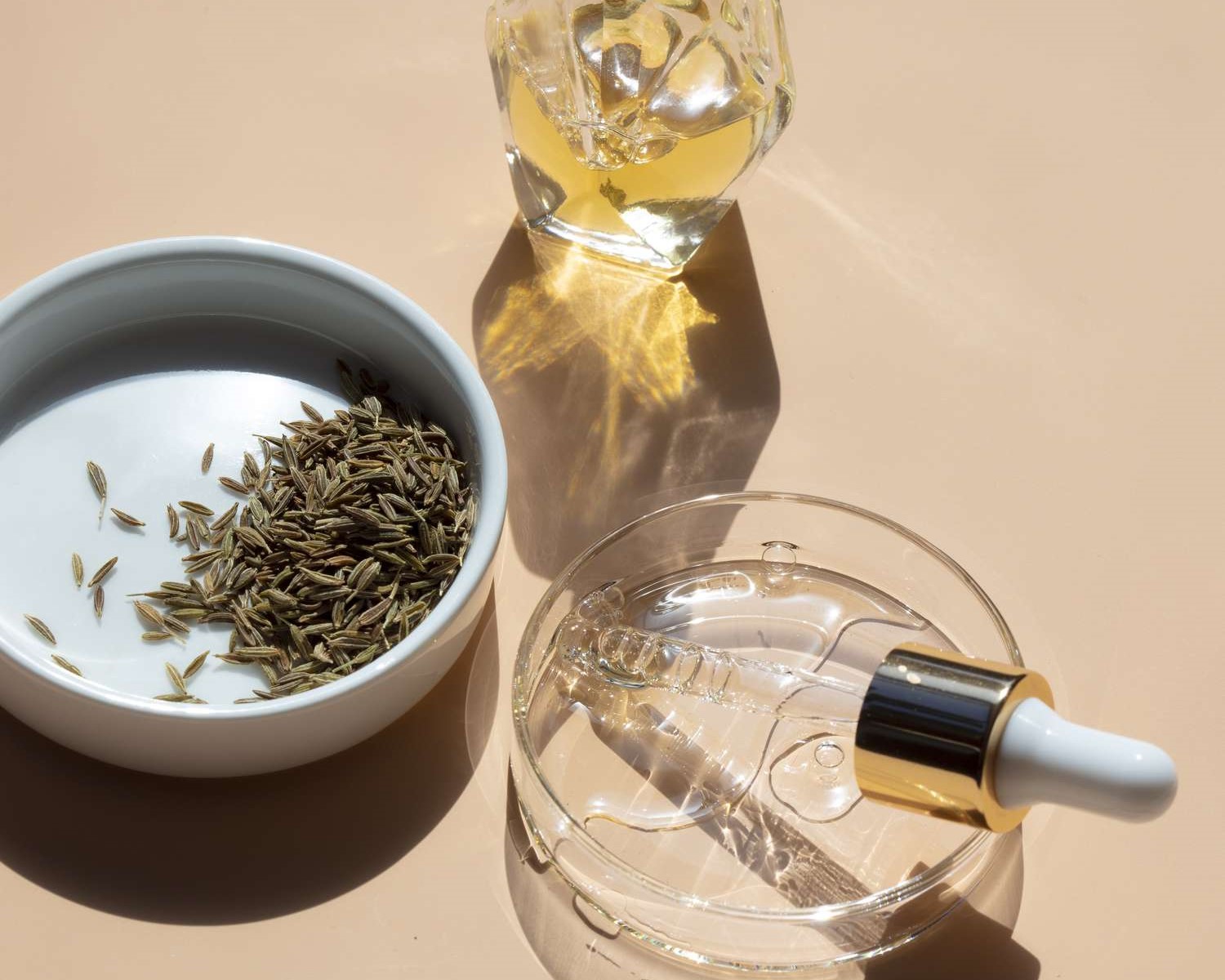
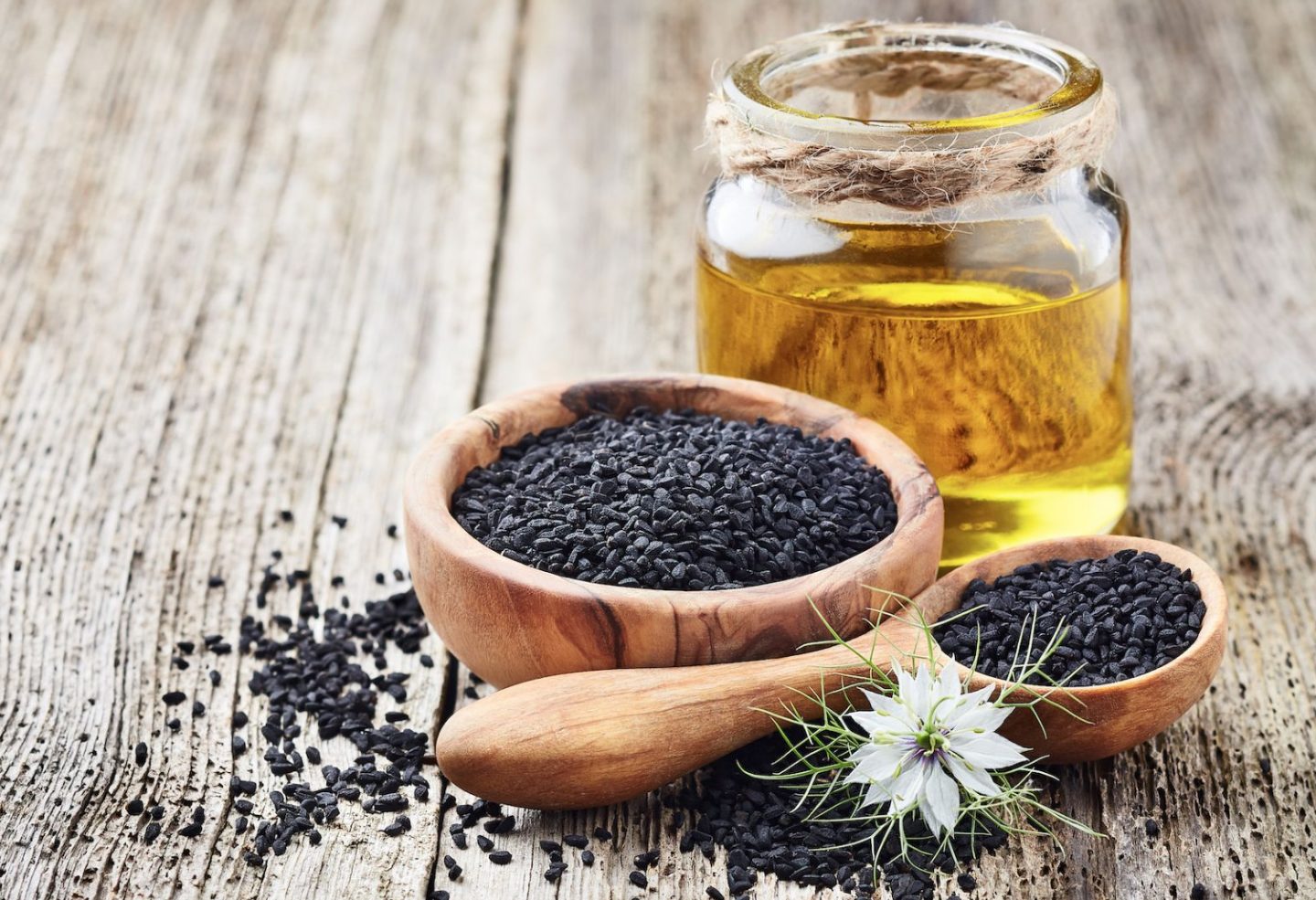
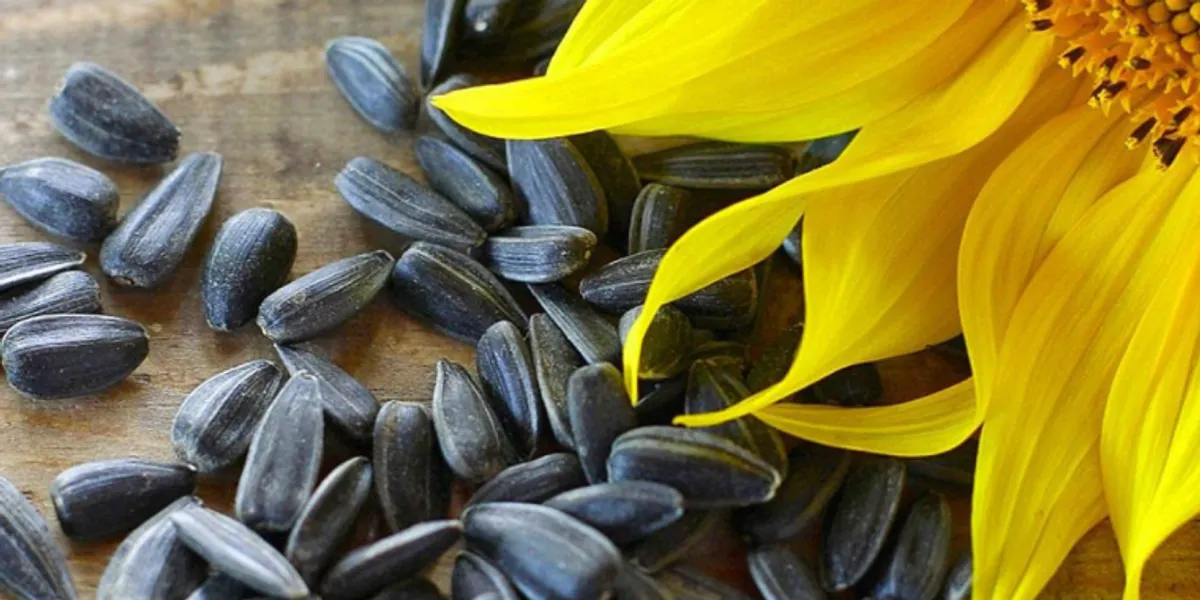
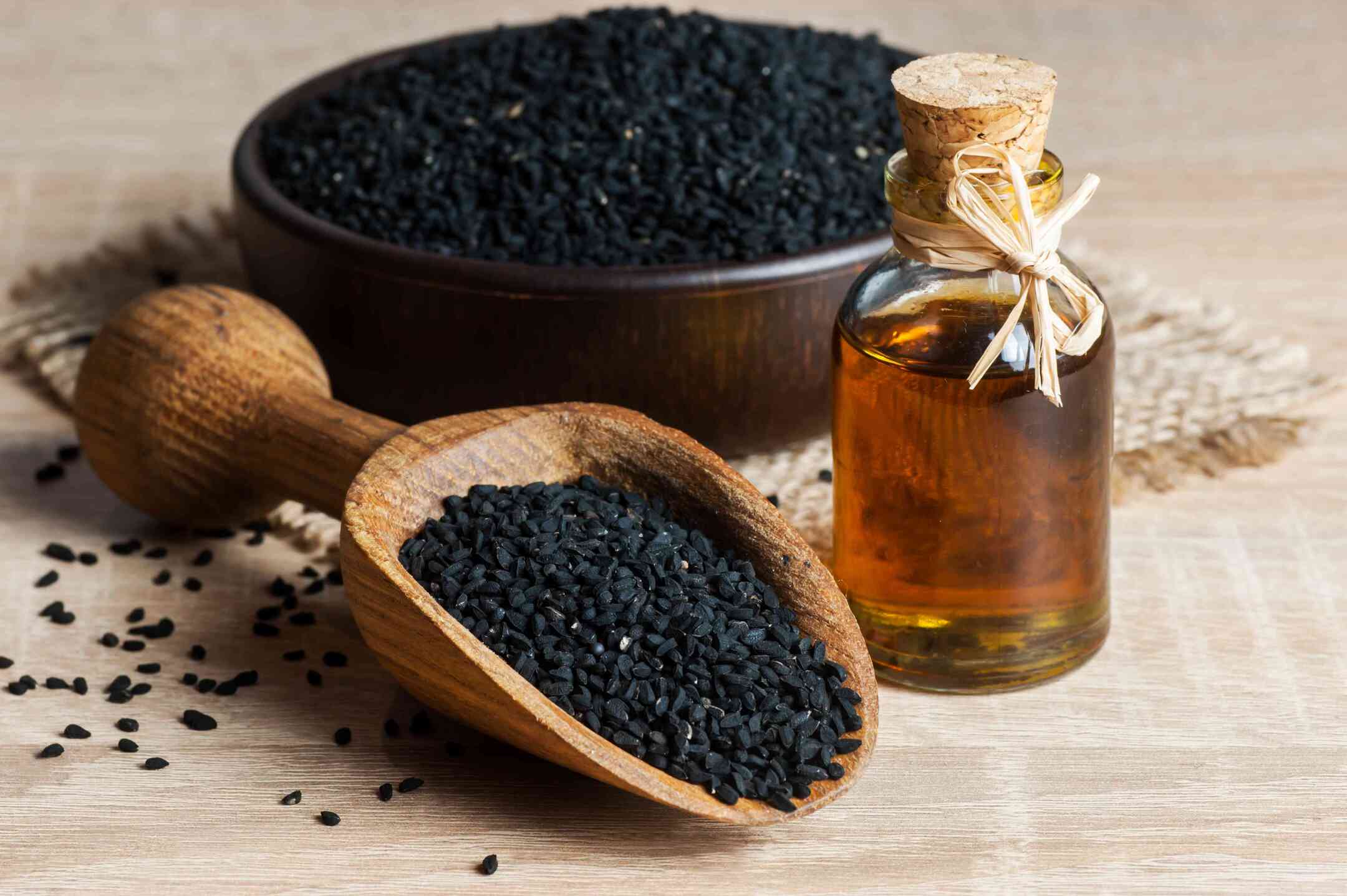
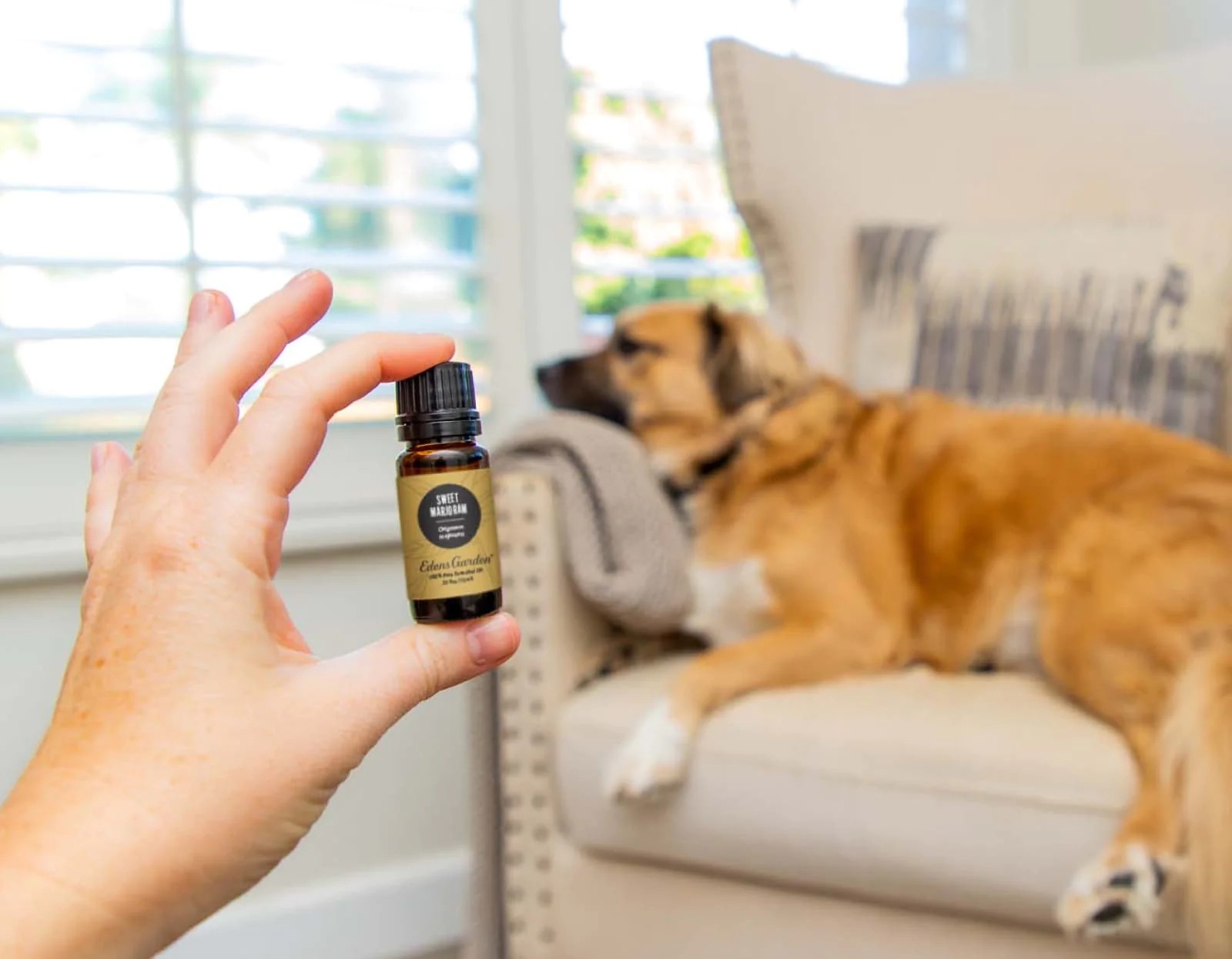

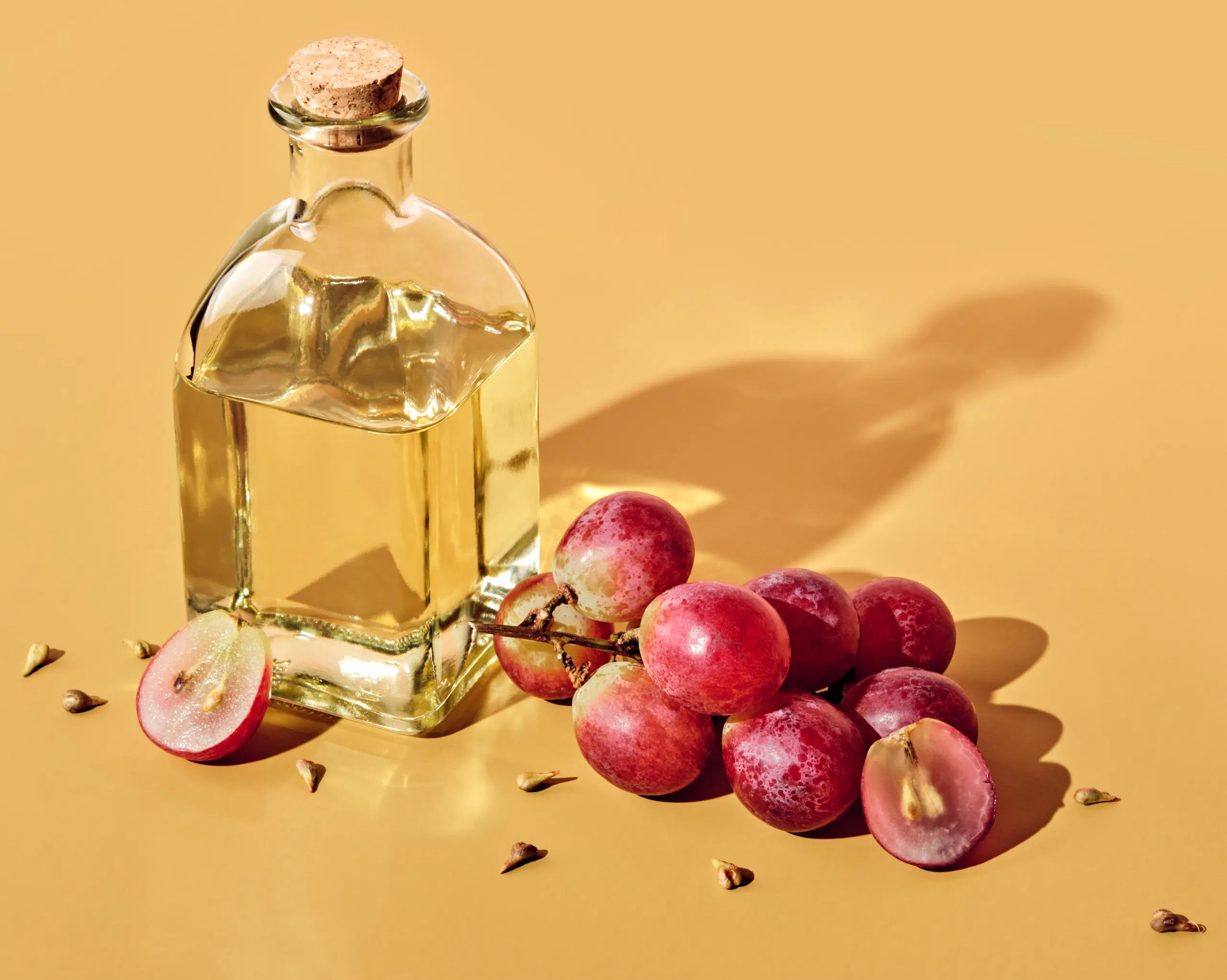
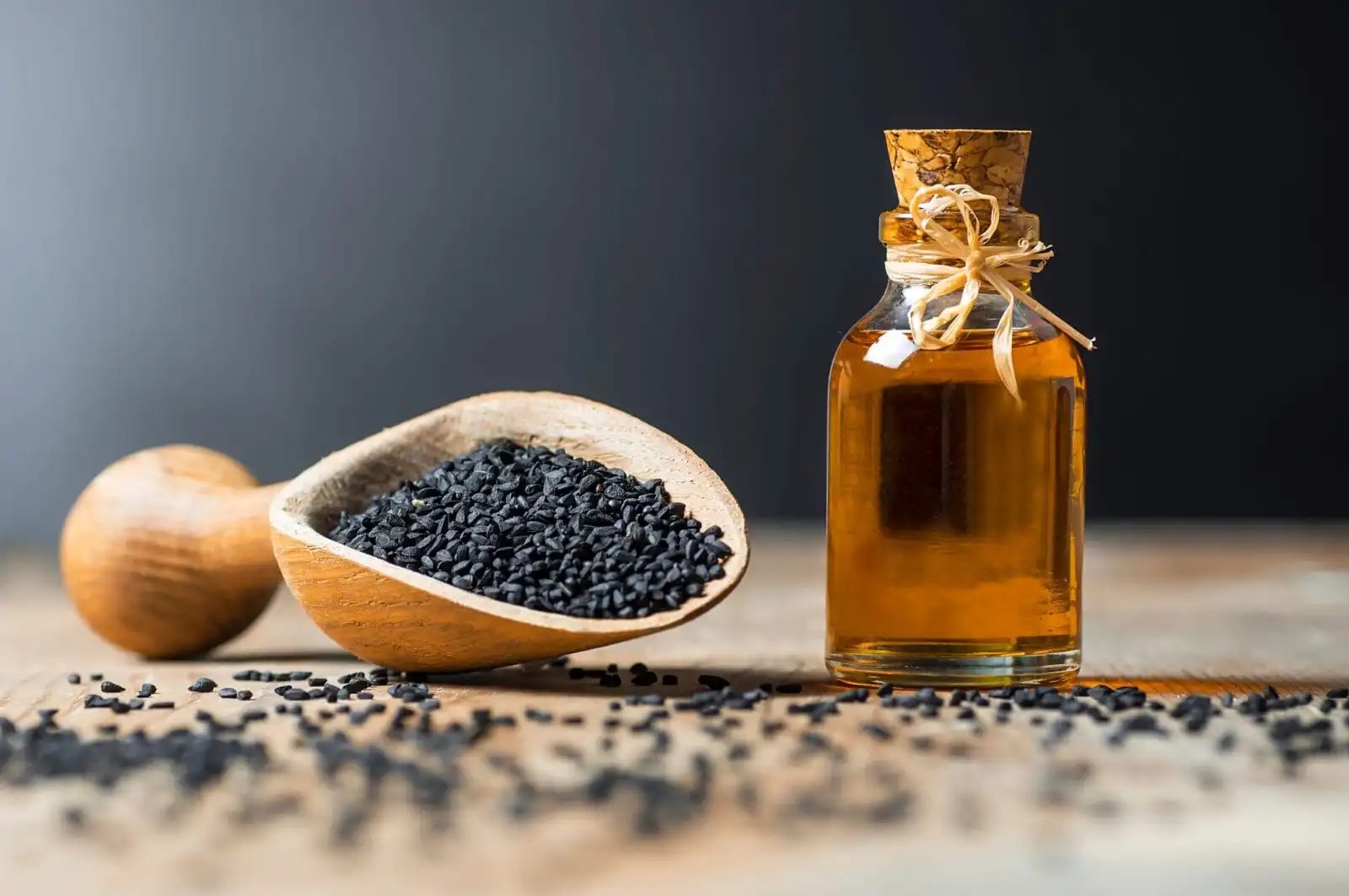
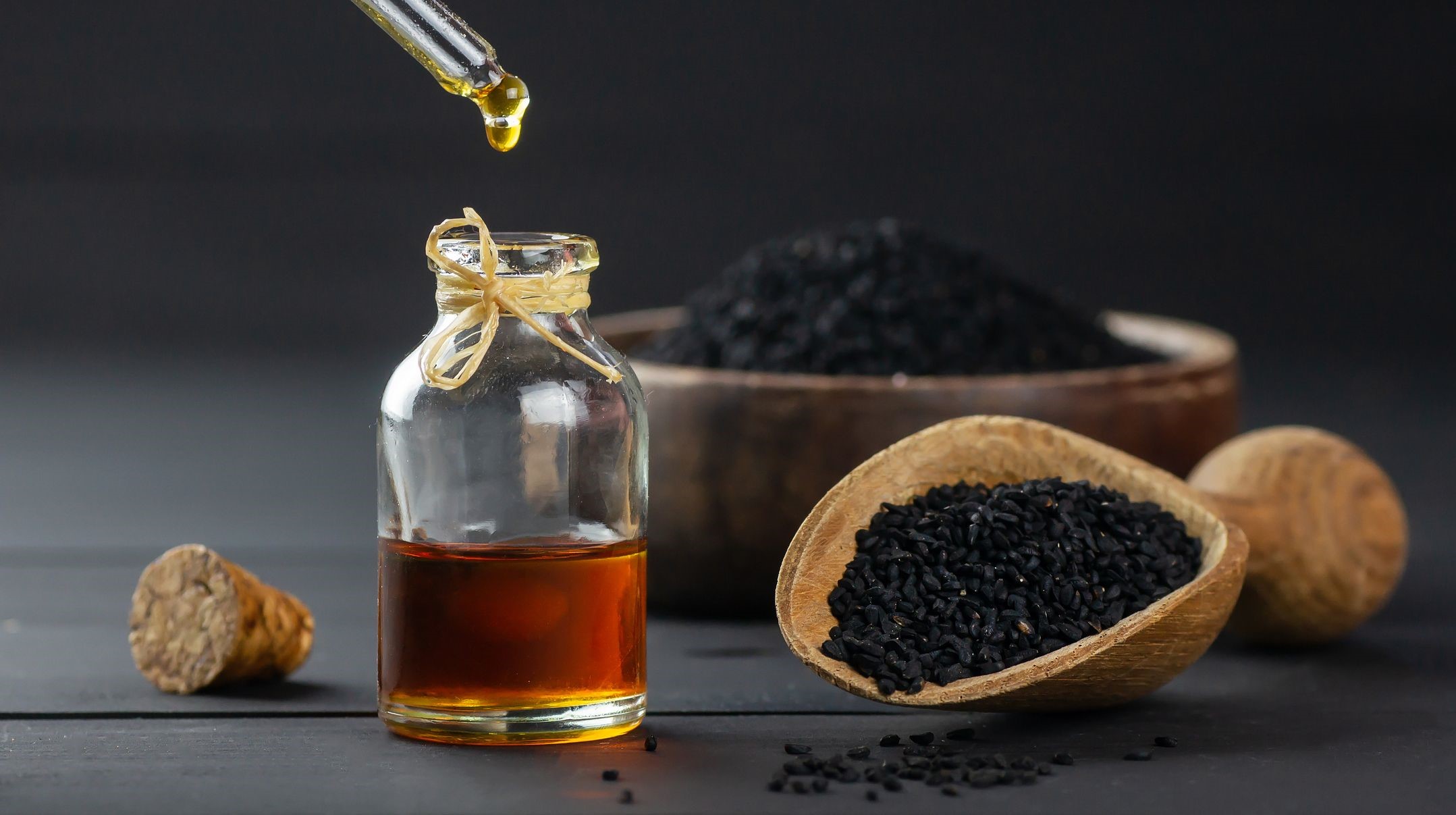
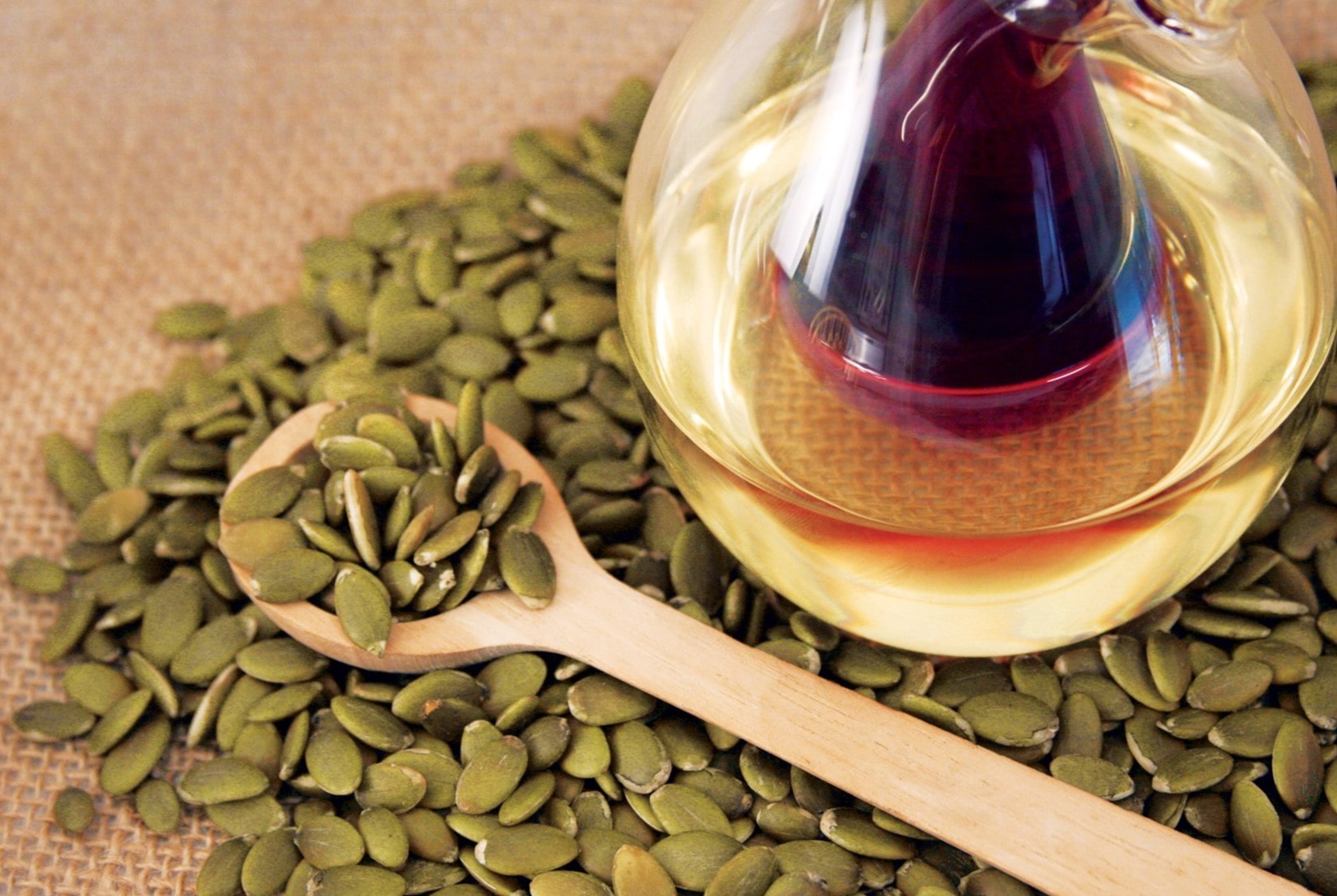
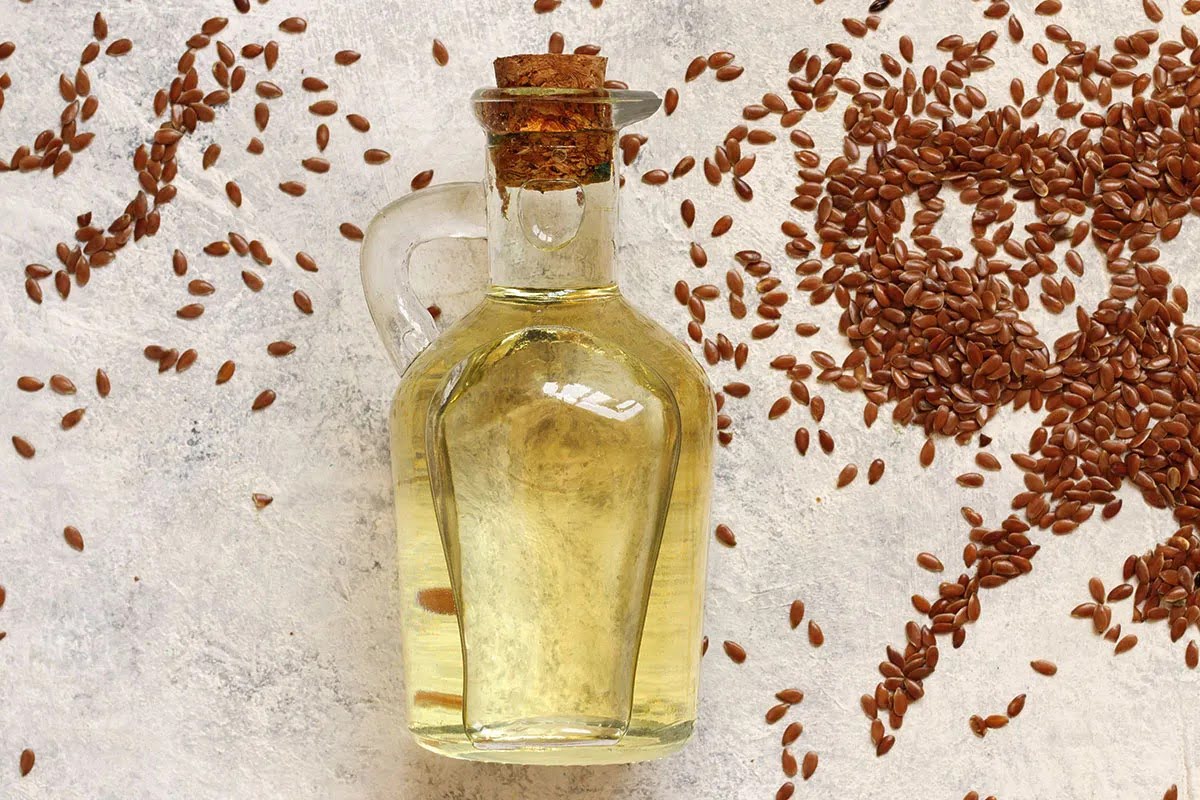
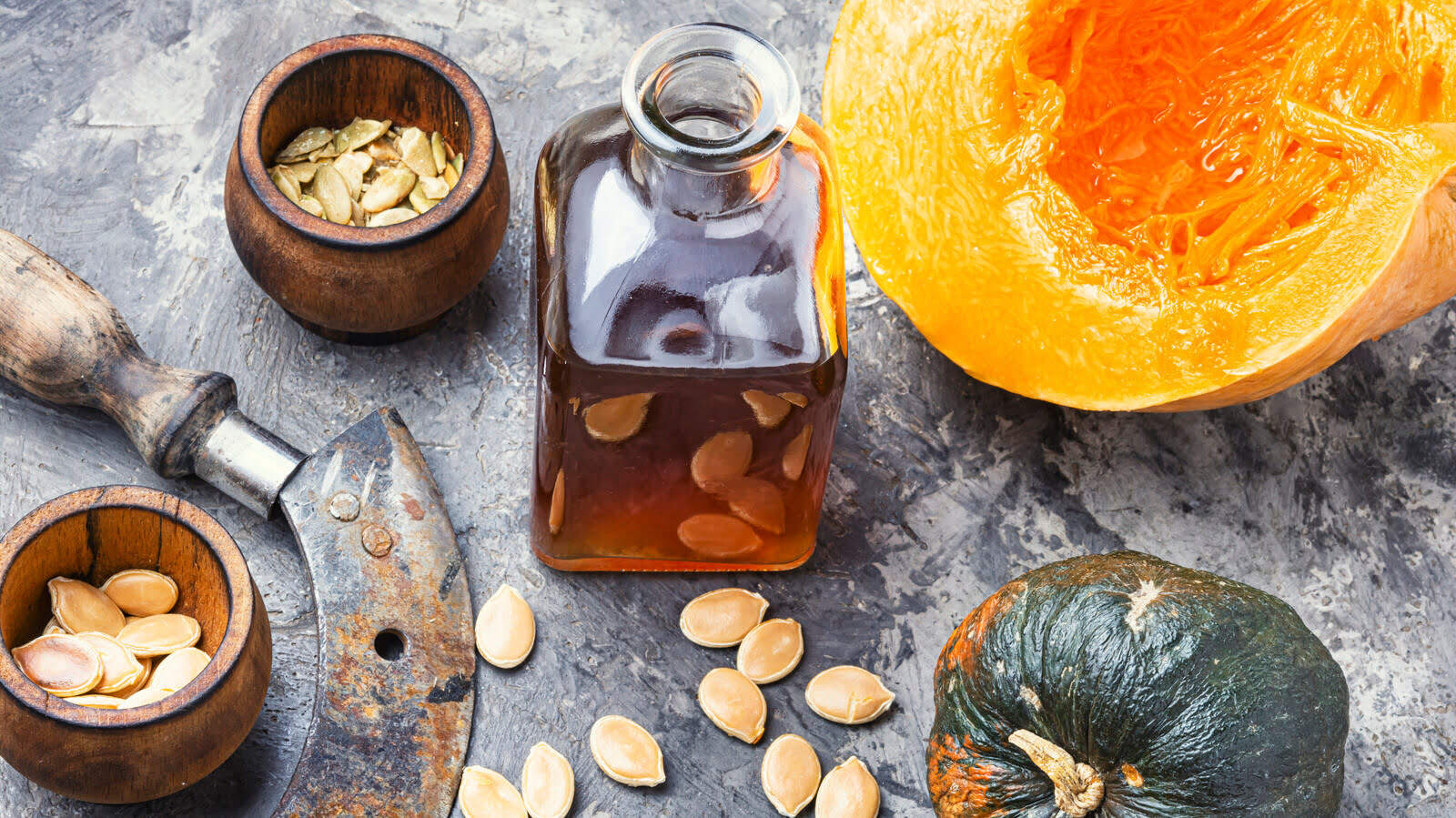
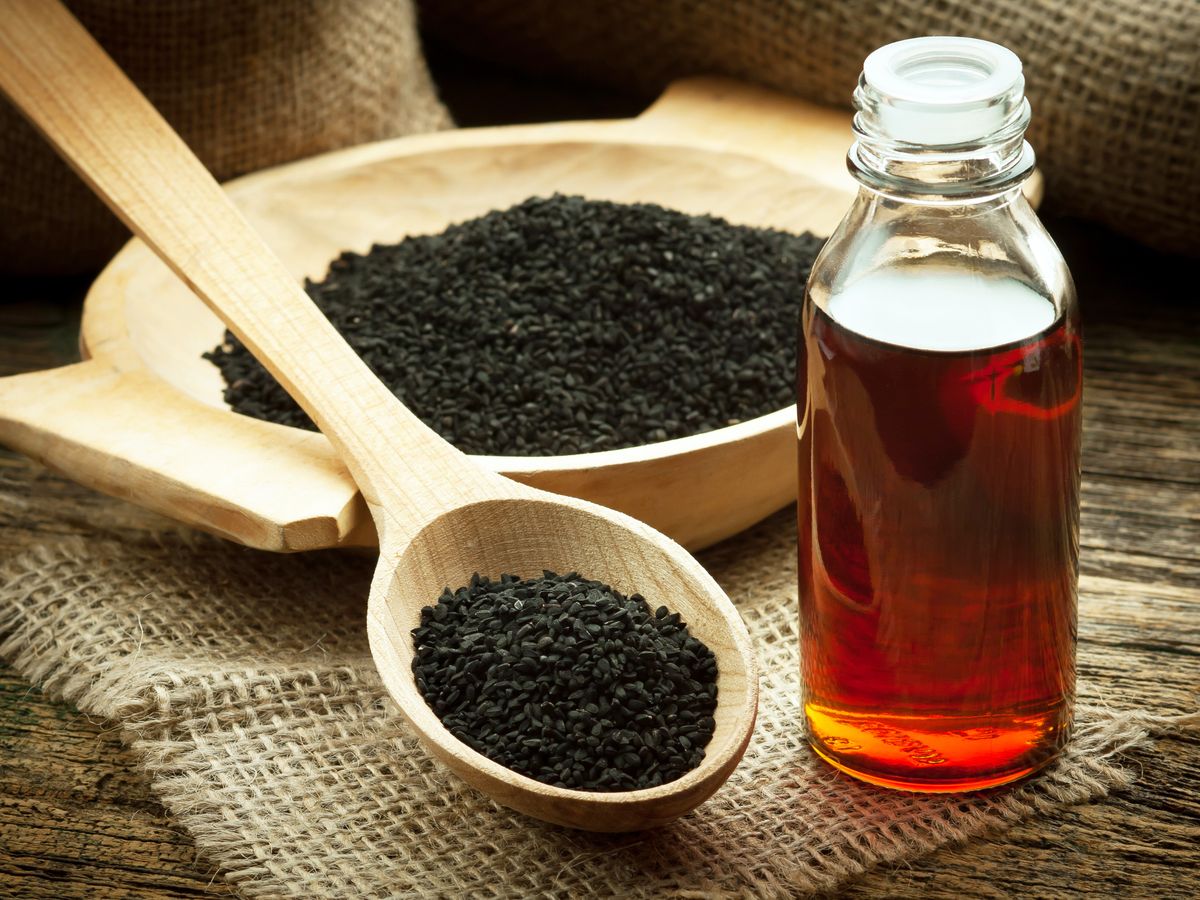
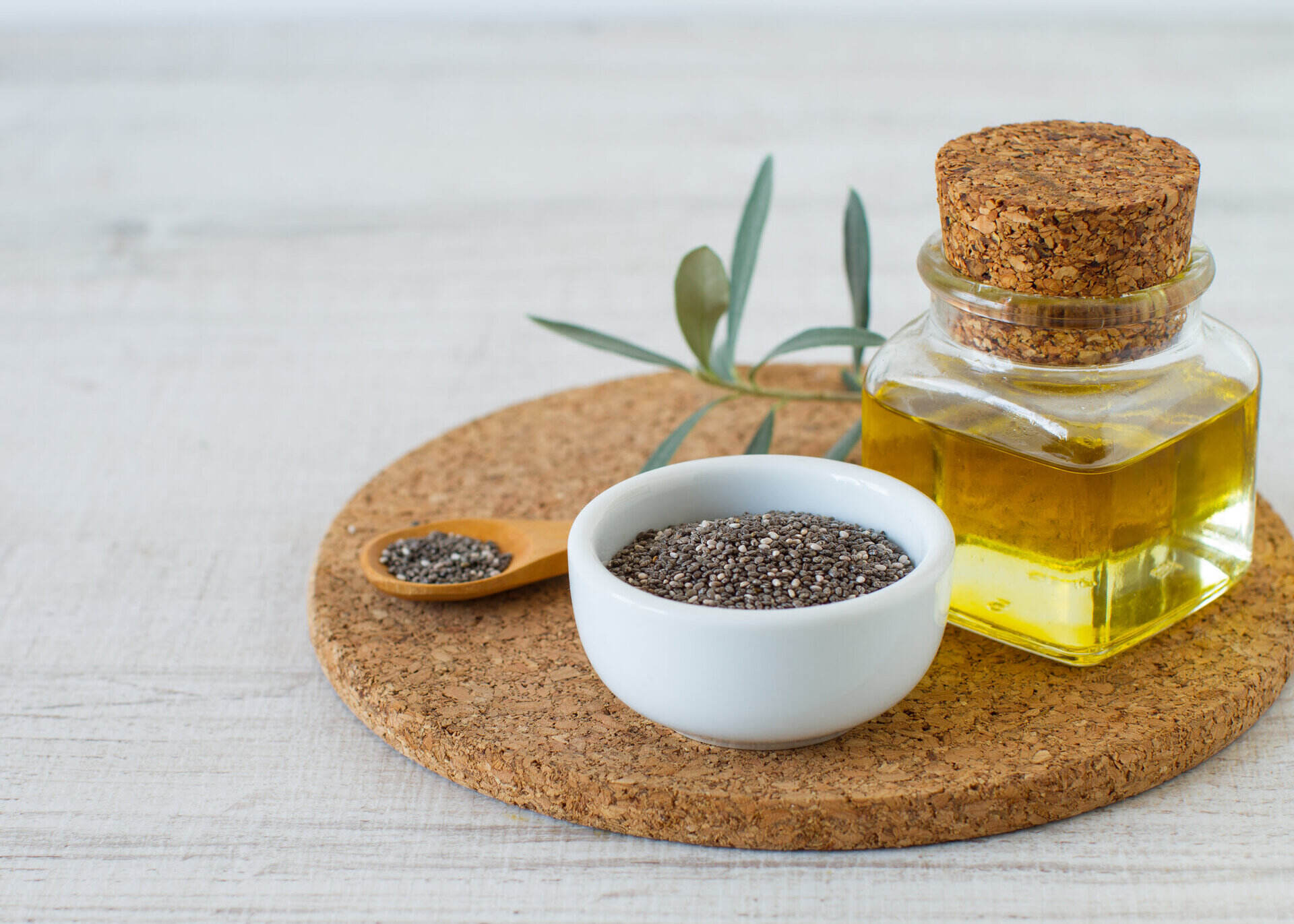

0 thoughts on “How To Make Black Seed Oil At Home”